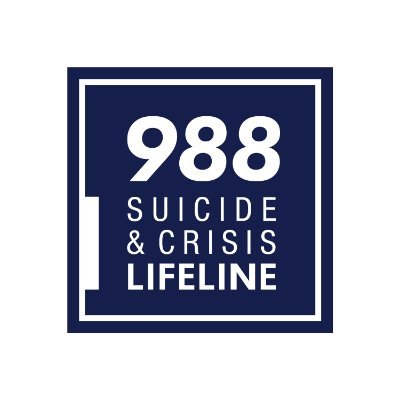I don’t suppose this is a surprise.
Calls to the 988 Suicide and Crisis Lifeline have surged in Texas and the U.S. since its launch last summer, highlighting the demand for mental health services in the wake of the pandemic and the related workforce challenges.
Staff at four call centers in Texas answered 9,478 calls in December 2022, a significant increase from 5,043 calls in December 2021, said Jennifer Battle, vice president for community access and engagement at The Harris Center.
The Harris Center in Houston handled more than half of those calls, Battle said, with trained crisis counselors working around the clock to pick up the ringing phones.
The nation has seen climbing call volume over the last six months after transitioning from the National Suicide Prevention Lifeline, a 1-800 number, to a shorter, more memorable three-digit code. People experiencing thoughts of suicide, a mental health or substance use crisis, or other emotional distress, can call, text or chat online 24/7 with a trained crisis counselor.
The ease of access, increased awareness from media and social media campaigns, investments by states and federal agencies to create funding streams and build the crisis care network, and the significant mental health impacts from the pandemic have contributed to the soaring call volume, Battle said.
Calling the crisis lifeline should be similar to calling 911 or 211 for other services, she said.
“Our hope is that over time it helps normalize and de-stigmatize the act of asking for mental health support,” she said.
Texas answers roughly 70% of the in-state calls, an improvement from roughly 40% several years ago, Battle said. The rest get diverted to a national back-up call center. Although the state lags behind others by that metric and is working to improve upon it, Battle said, Texas still answers more calls than every state except California and New York.
Texas has been keeping up with the demand with funding and resources from state and federal partners, Battle said. But hiring and retaining the workforce for an emotionally demanding job with night and weekend hours remains a challenge.
“The last things we wanted was to have 988 roll out and then not be able to meet demand,” she said. “(But) it’s been very successful. We’ve been able to talk to and serve so many additional folks right here in our community.”
The Texas Health and Human Services Commission plans to put $33 million in federal grants toward workforce expansion and increased responsiveness to the hotline through 2024, according to an agency spokesperson. Much of the funding comes from the Mental Health Block Grant, although Texas additionally received grant money from the Substance Abuse and Mental Health Services Administration.
I’m glad to hear that it has been adequately funded, as clearly the need is there, but as with anything else in this state I worry about its long-term prospects. I can’t imagine this counts as a priority for our state’s leadership, so the possibility of it becoming a victim of belt-tightening, reorganization, or just neglect is present. At least in the near term it looks good. It would be a good idea to let your State Rep and State Senator know that you think this service should be fully supported.

